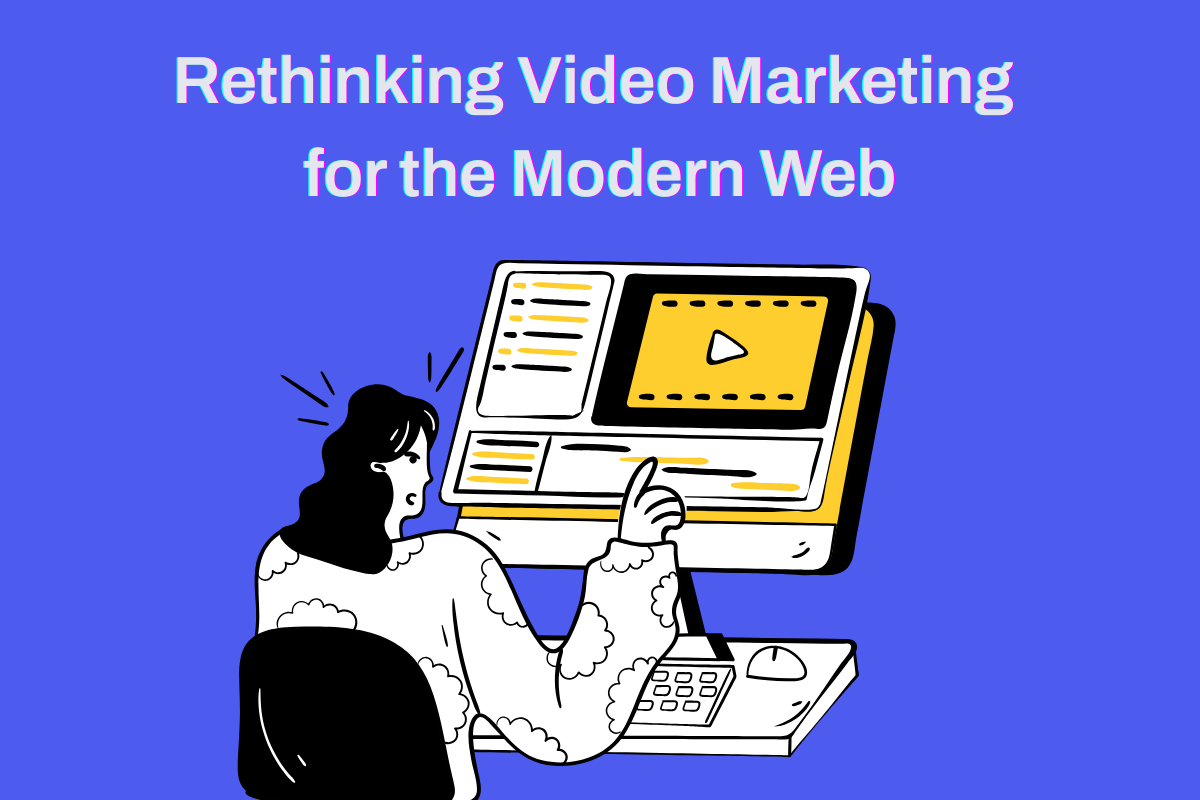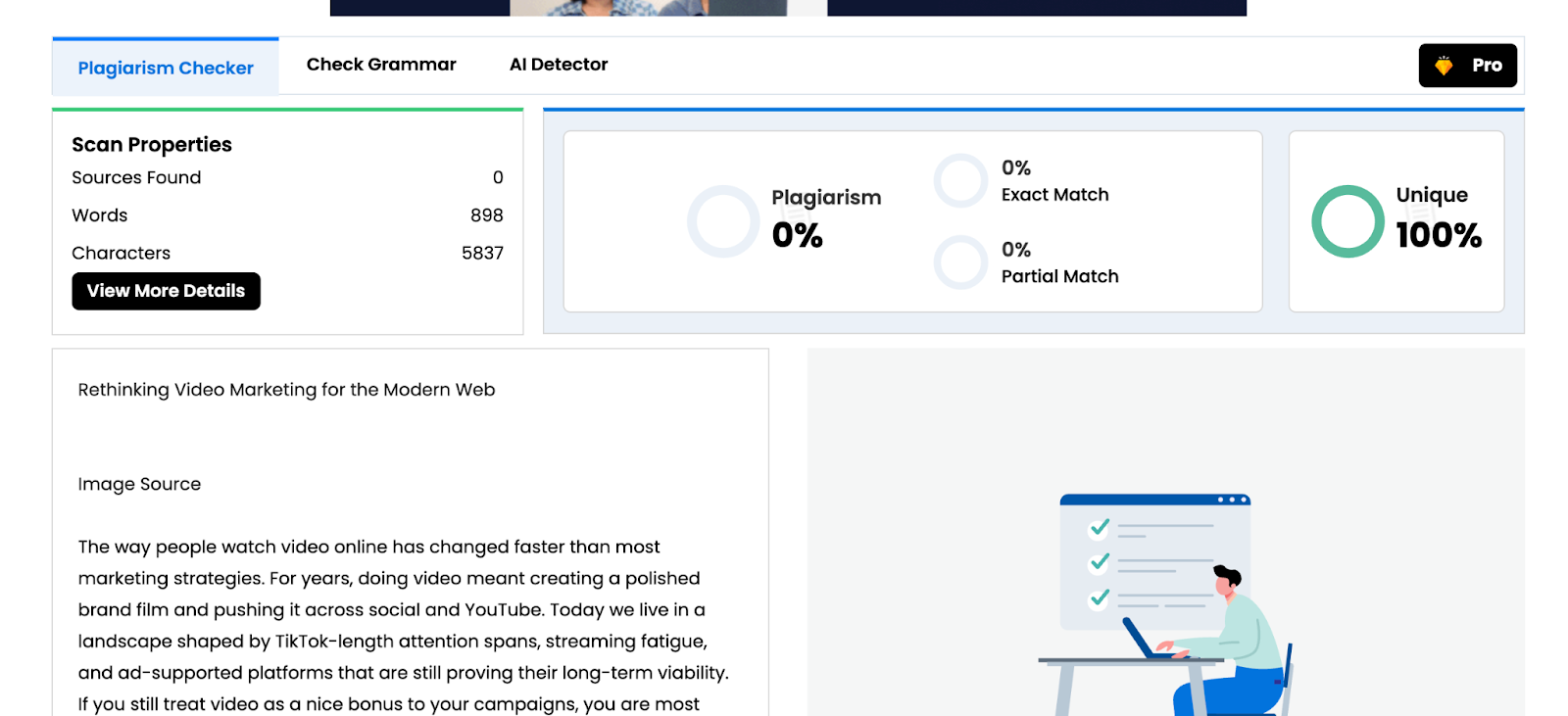November 25, 2025

It is time to rethink what video marketing should look like for the modern web where attention is fragmented and performance is measurable.

Written by
Guest Contributor
Article written by Edrian Blasquino.
The way people watch video online has changed faster than most marketing strategies. For years, doing video meant creating a polished brand film and pushing it across social and YouTube. Today we live in a landscape shaped by TikTok-length attention spans, streaming fatigue, and ad-supported platforms that are still proving their long-term viability.
If you still treat video as a nice bonus to your campaigns, you are most likely leaving reach, engagement, and insight unrealized. It is time to rethink what video marketing should look like for the modern web where attention is fragmented and performance is measurable.
The old playbook relied on one flagship hero video that got trimmed into multiple edits for every platform. The modern web no longer rewards this approach. People do not consume video in a single, linear funnel. Their attention is scattered across platforms, formats, and devices.
People do not consume video in a single, linear funnel. Their attention is scattered across platforms, formats, and devices, which makes choosing the right social media platform more important than ever for shaping how your video content performs.
Instead, think of your brand’s video presence as a complete ecosystem with different pieces supporting the same narrative in different ways.
At this stage the goal is simple: make someone stop scrolling.
Your priority here is curiosity and brand recall. Not conversion.
Viewers who have seen you once or twice will now give you 30 to 90 seconds of attention. Use this time to connect.
This stage is where prospects begin to believe that you understand their needs.
When someone is nearly ready to buy, they want clarity and reassurance. Give them:
This is less about cinematic creativity and more about trust, transparency, and ease of decision-making.
Subscription-only streaming is no longer the norm. Ad-supported video on demand (AVOD) has grown rapidly as viewers resist subscription stacking and advertisers search for digital spaces with TV-like reach.
Platforms have been releasing updated findings on AVOD profitability, and marketers are paying close attention. As AVOD proves it can generate sustainable revenue, more ad inventory becomes available and pricing models stabilize. For brands, this opens a new world of opportunity.
Now, what does this mean for marketers?
Attention today is not just short. It is varied. People binge, swipe, skip, and multitask. A strong video strategy does not fight these habits. It acknowledges them.
Different contexts require different creative approaches.
The modern web rewards consistency more than perfection. You do not need a cinematic production for every piece. You do need:
Some of the highest converting videos today are founder videos shot on a phone with good lighting and clear messaging.
Video analytics are incredibly valuable, but they should guide your creativity rather than restrict it. Treat metrics as prompts for curiosity. If viewers drop off early, ask what lost their attention. If a hook performs well, explore why it worked. Instead of betting everything on one polished video, test small variations to see what resonates.
By using data to learn rather than to limit, you keep your content flexible, human, and genuinely engaging.
Rethinking video marketing for the modern web means adapting to how people truly watch and engage today. Success now depends on building a flexible video ecosystem, creating content suited to different attention states, and using data to guide rather than limit creativity.
Video is no longer just one polished asset but an ongoing expression of your brand’s voice. The companies that opt for a more dynamic, human approach will be the ones that capture attention and stay relevant in an increasingly crowded digital landscape.
